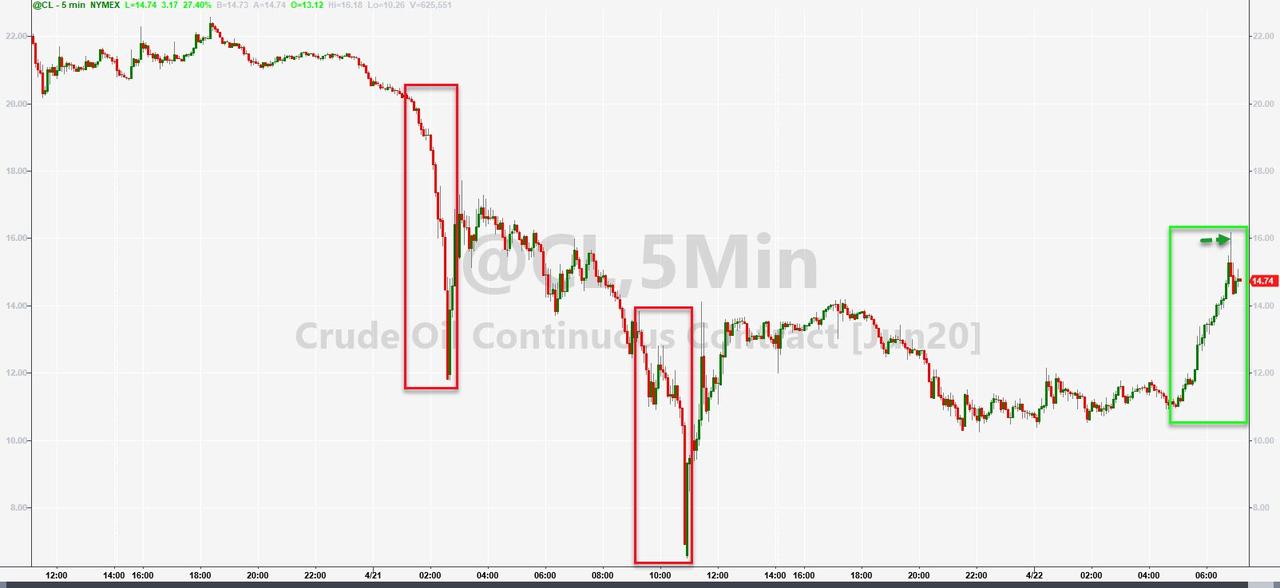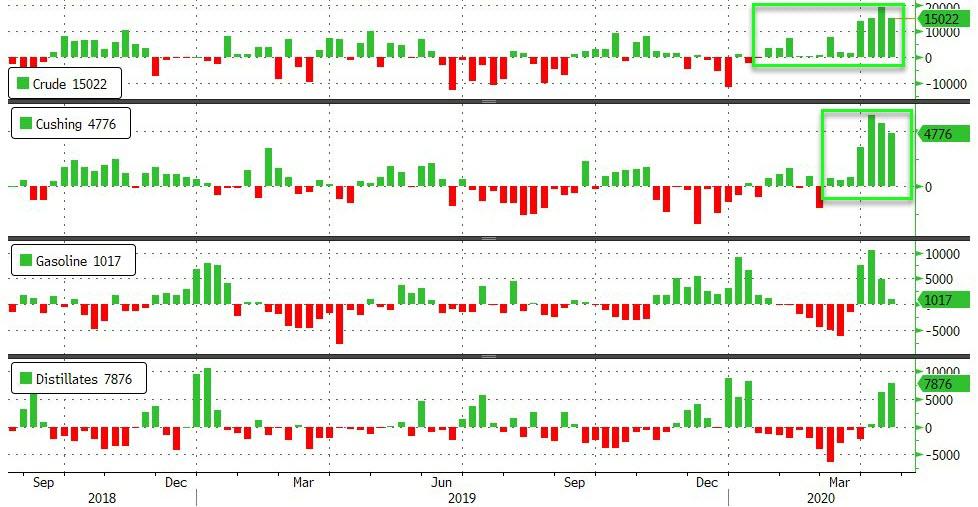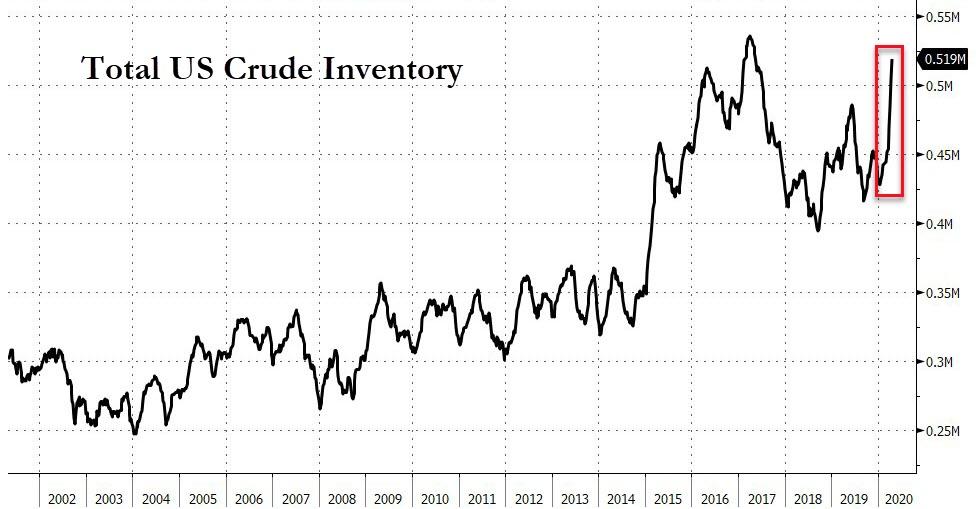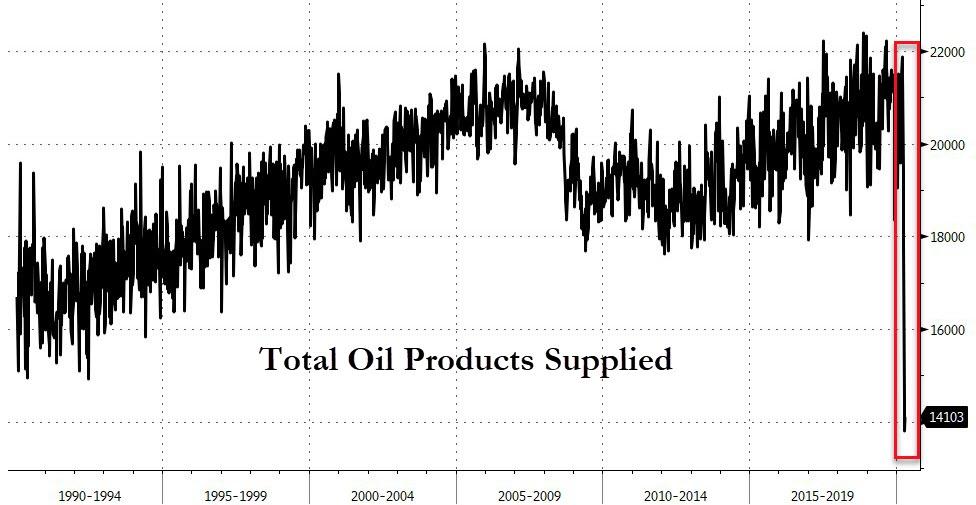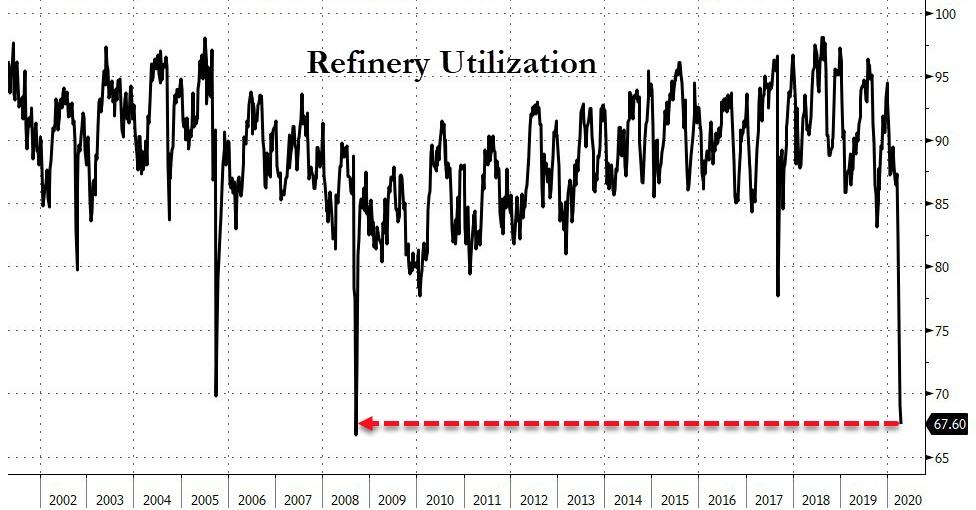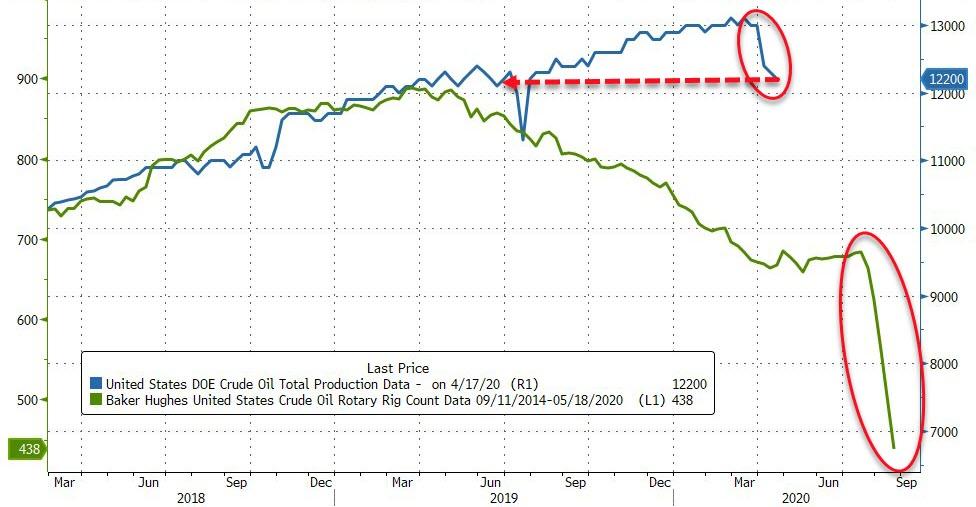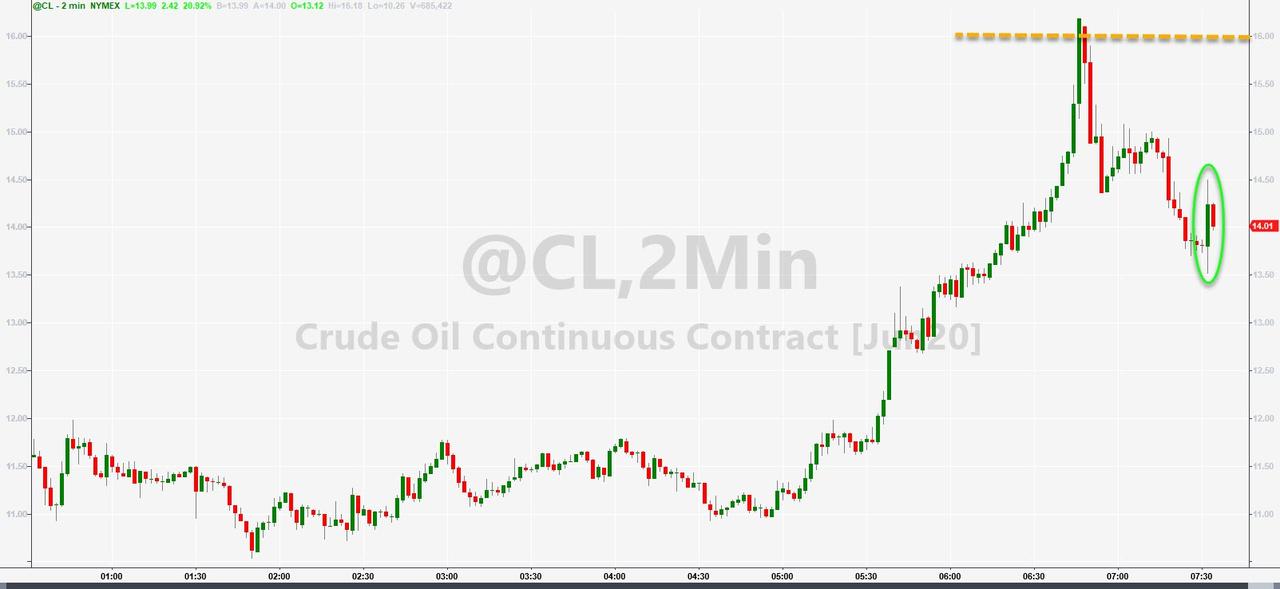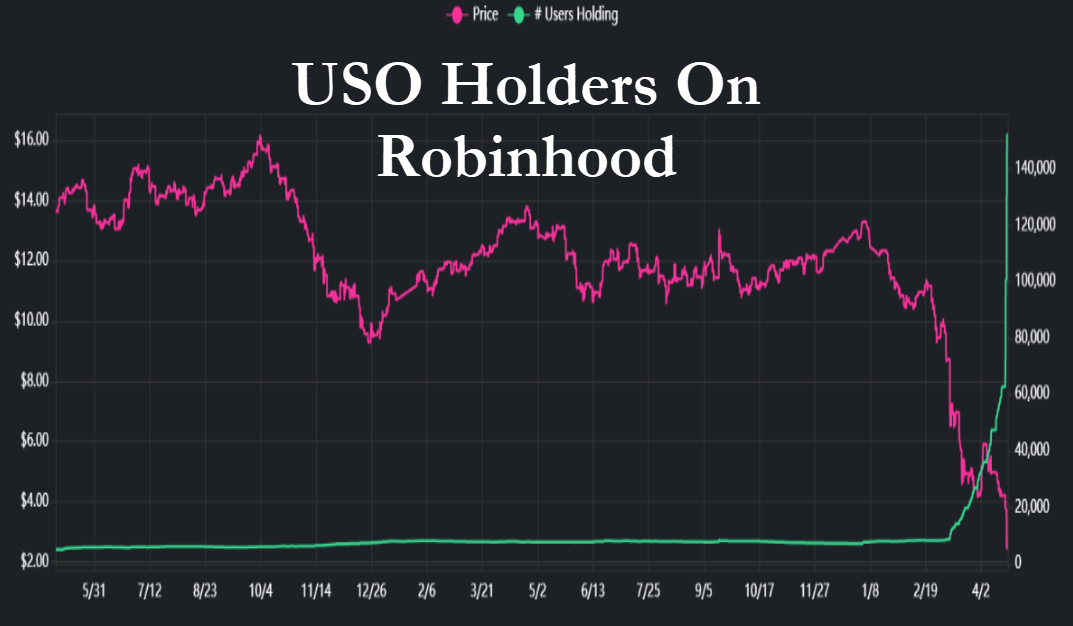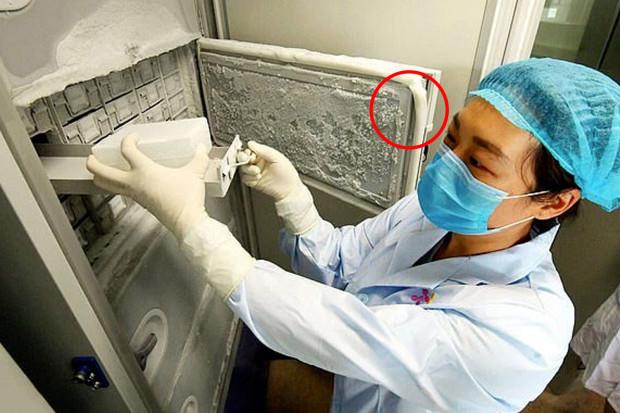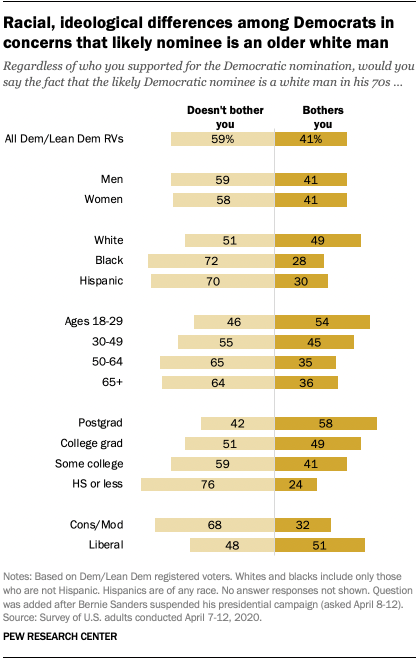If Deficits Are Good, Why Not Stop Taxation Altogether?
Authored by Bruce Wilds via Advancing Time blog,
Half in jest a few years ago, in an article, I suggested that taxation be stopped altogether. With so many people no longer concerned about deficit spending the idea now seems more viable. With so many people thinking that deficit government spending helps drive the economy at some point our leaders and those across the globe might want to give us taxpayers a break. Why not stop taxation entirely?
Just End It! Such a policy would go a long way to diminish the divide polarizing our nation.
I do not know anyone who likes to pay taxes or go through hours and hours of record-keeping and filling out forms in order to comply with our complex tax system. According to the Tax Foundation, Americans spent more than 8.9 billion hours complying with IRS tax filing requirements in 2016. All in all, tax compliance cost the U.S. economy $409 billion during those 12 months. As you know, things have not gotten any easier since that time. With the soaring deficits flowing out of Washington and policies that show no respect for the money hard-working Americans pay into the system lets do this!
Over the years Washington and governments in many countries have shown little in the way of financial restraint. If deficits don’t matter it seems logical that spreading the wealth around by something other than policies focused on redistribution through such a complicated system has merit. Both economists and politicians have considered many over the top solutions to resolve the problem of slow economic growth in a global economy mired in debt. In the past, cutting taxes has been a favorite method to spur consumer spending and pump up growth. The suggestion of placing taxation in the dustbin of history is merely an extension of this idea.
No Taxation Means More Money For Everyone!
If indeed cutting the ties binding us to responsible budgets is the solution to our economic woes and holds the key to prosperity being timid may not have served us well. Forget all the previously considered outlandish ideas, such as a war on cash, forgiving debt through a debt jubilee, giving everyone a guaranteed income, and even injecting money into the economic system by dropping it from a helicopter. Ending taxation in many ways can be seen as having the same effect of economic stimulation.
This is only one in a series of easy plans to jump-start the economy, the next part when I get around to writing it will be titled, “Just Print More Money.” Both plans constitute a better alternative than going to war to kill off excess labor while ramping up production of self-exploding equipment or building bridges to nowhere. If history is any indication, wealth and jobs flow into any country that has low tax rates so why not take it to the next level. While you could demand that I parade a slew of complex figures and calculations before you proving all this will work, I simply ask you to please show me the same kind of trust we give to those leading us from Washington.
My proposal could be passed in a bipartisan way and should make everyone happy. It should please both Trump voters who claim enough is enough and want to pay way less in taxes as well as those on the far left who can’t get enough free goodies. By shattering the link between taxation and spending we can be far more generous. So I say, eat your heart out Paul Krugman, and you too Ben Bernanke. With all the time both of you have spent pondering the economy in the ivory halls of academia, you have come close but it is I who have proposed the next step in our financial evolution. Ending all taxation of any kind will not render the laws of economics moot or move us much further into the false state of modern voodoo economics than we have already traveled and it is guaranteed to work until it no longer does.
Tyler Durden
Wed, 04/22/2020 – 10:45
via ZeroHedge News https://ift.tt/2RZAxbL Tyler Durden


